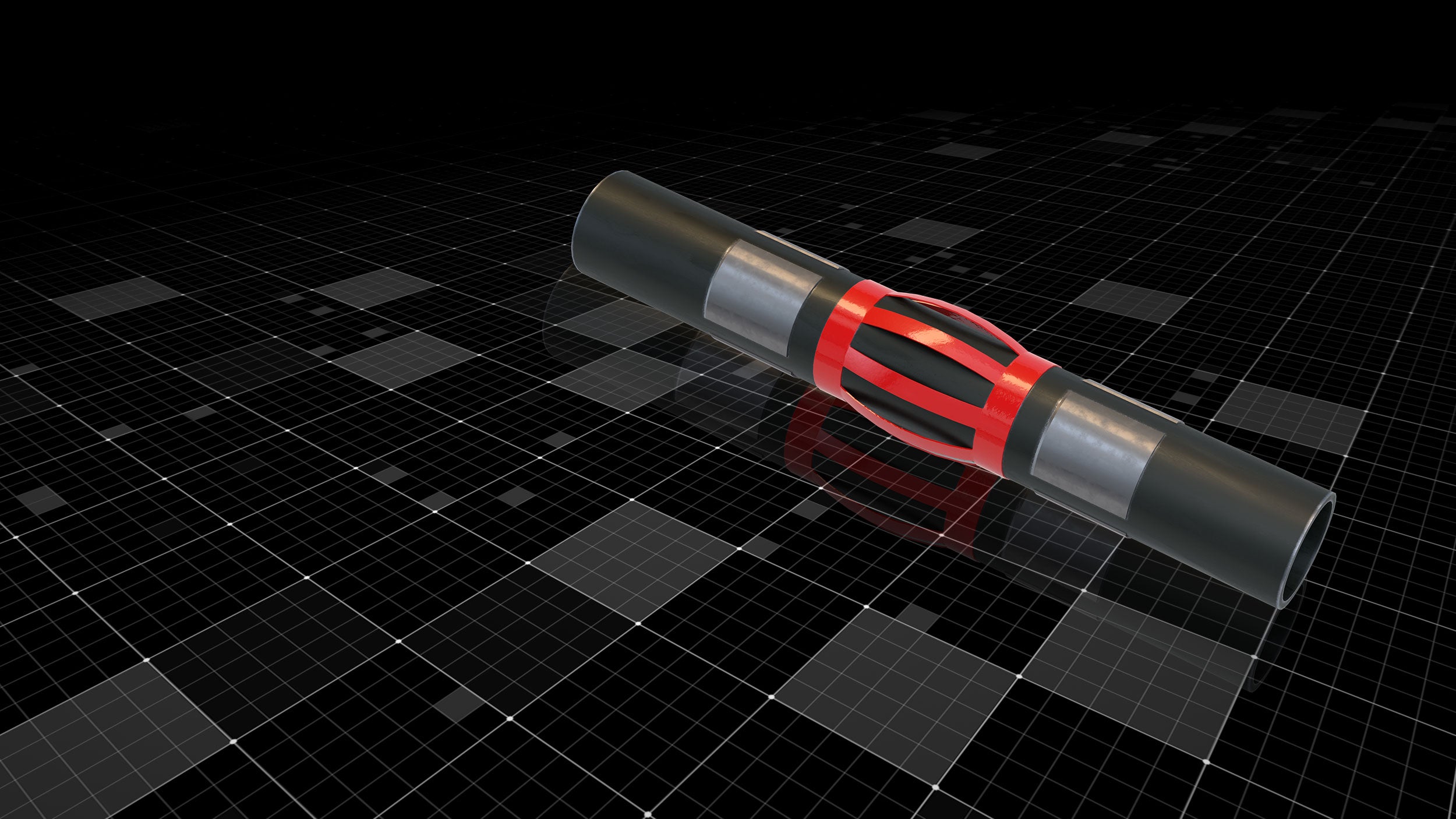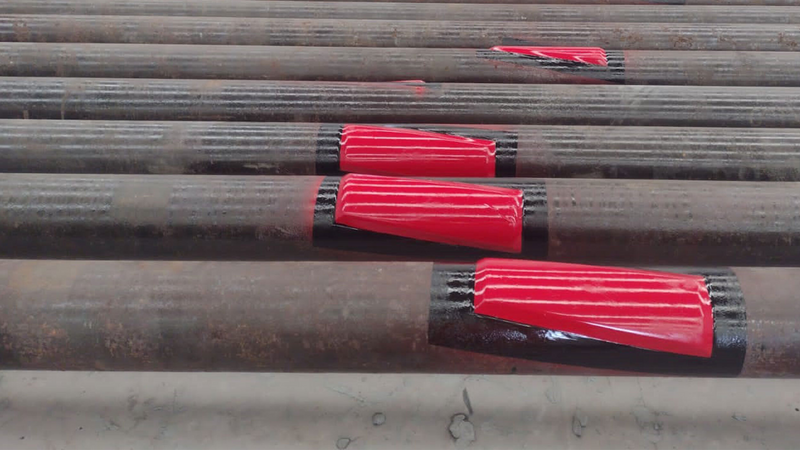 Search
Search
 Search
Search

Isolizer™ centralizers enable casing run to final depth and optimize conditions for cement operations
Download PDFDeepwater

Tight annular clearance between casing strings posed centralization challenge

Egypt

During a development campaign in the Mediterranean Sea of Egypt, a complex well designed with a lean profile created tight annular clearances between the casing strings that presented challenges in under-reamed open hole sections.
Centralization solutions for these clearances often rely on expensive centralizer subs and can compromise casing string standoff to achieve final depth, which results in inefficient cement and remedial operations.
The section’s formation prospect and directional survey created difficult conditions for centralizers, which made it tough for the casing to reach TD through high doglegs and swelling formations with restricted ID. The lean construction design resulted in a tight annular clearance between the 16-in. drilling liner set at 2,346 m measured depth (MD) and the 14-in. intermediate casing set at 3,258 m MD.
The tight 0.75-in. radial clearance made it difficult for conventional slip-on centralizers and stop collars to pass safely. The under-reamed openhole section required centralizers with high restoring force and dedicated stop collars to withstand high drag forces.
This approach often requires expensive and time-consuming use of centralizer subs, with over-gauged centralizers installed on machined bodies with special threads that match the casing string. Their inflexible placement options and installation limitations between casing joints also reduce run-in-hole (RIH) efficiency.
Halliburton presented a centralization strategy that includes Isolizer™ centralizers, featuring a custom and cost-effective design. These centralizers help reduce running forces with slip-on, tight-clearance, steel, bow-spring centralizers integrated with Protech II™ centralizer technology. The stop collar design features Halliburton Protech II centralizer technology and uses a ceramic and carbon-fiber resin blend that adheres to the casing with a chemical and mechanical bond. This method provides high adhesion values for superior downhole running forces, toughness, and flexibility. The elimination of protruding set screws improves the capability to run in tight clearances.
in. radial clearance
Protruding screws on centralizer technology
Hour turnaround on centralizer installation
Operators mobilized the casing joints to the pipe yard for mechanical preparation for the slip-on centralizer installation and Protech II™ centralizer stop collar profile molding. The installation was executed within 48 hours, which allowed casing joints to be shipped to the rig ready to be RIH.
Using Isolizer centralizer technology, the 14-in. intermediate casing string passed through the restrictive ID of the 16-in. liner safely and achieved optimal casing standoff across the under-reamed open hole.
This enabled the casing to reach the planned TD on the first run. The casing string was cemented in place. Zonal isolation objectives were achieved and confirmed with a successful formation integrity test (FIT) after drilling the shoe track.

Protech™ II centralizers reduce friction, enhance flow area, and keep positive standoff.
